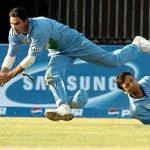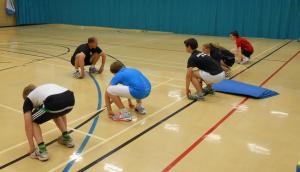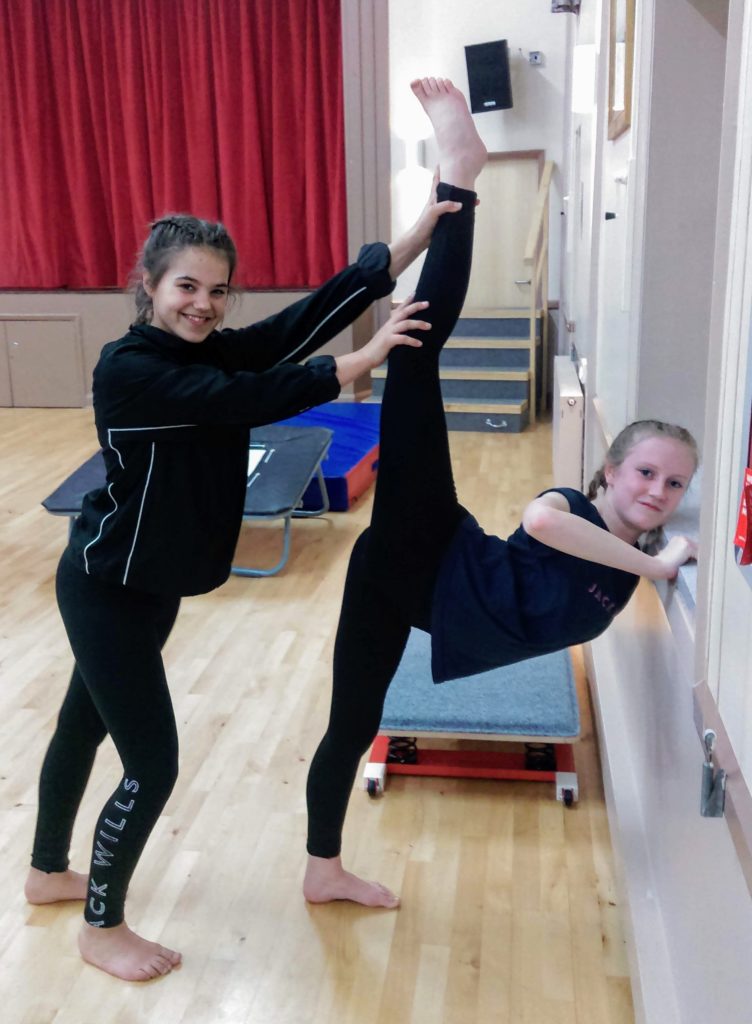Posts Tagged ‘flexibility’
How to get more agile and low to the ground for cricket fielding
Become more agile in 5 days.
 When fielding in cricket, you are putting your body under a lot of stress and strain due to the stretching/reaching and diving to catch the ball.
When fielding in cricket, you are putting your body under a lot of stress and strain due to the stretching/reaching and diving to catch the ball.
If the underlying strength and mobility behind these movements isn’t poor then an injury is more likely.
To do these movements successfully you will need to have good hip and knee control, and good flexibility too.
Read MoreAre girls more flexible than boys?
Are girls naturally more flexible, or is it training?
 We often get asked this question when training our athletes. At Excelsior mobility is one of the four pillars that form your structural integrity (posture, balance, stability being the others).
We often get asked this question when training our athletes. At Excelsior mobility is one of the four pillars that form your structural integrity (posture, balance, stability being the others).
Flexibility Training
As part of the Excelsior Sports Training Programme, I did a joint workshop with Sarah Marshallyesterday on flexibility training. We had 30 young athletes doing 90 minutes of flexibility training.
The format was:
Read MoreMulti planar movements
Get off that machine
As beginners we are often taught to isolate movements down to their simplest form.
In gyms this is done as single joint resistance training exercises or stretches.
Read More

